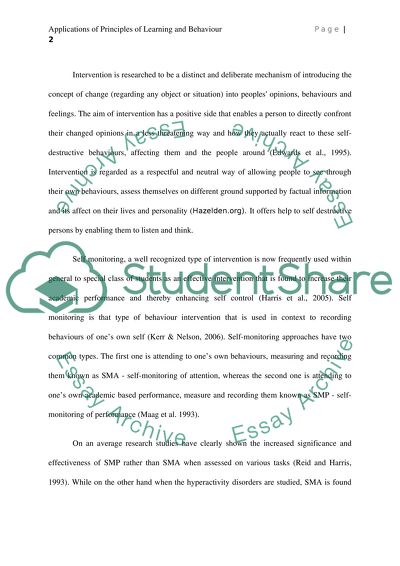Cite this document
(“Token Economies Essay Example | Topics and Well Written Essays - 1250 words”, n.d.)
Token Economies Essay Example | Topics and Well Written Essays - 1250 words. Retrieved from https://studentshare.org/health-sciences-medicine/1474021-token-economies
Token Economies Essay Example | Topics and Well Written Essays - 1250 words. Retrieved from https://studentshare.org/health-sciences-medicine/1474021-token-economies
(Token Economies Essay Example | Topics and Well Written Essays - 1250 Words)
Token Economies Essay Example | Topics and Well Written Essays - 1250 Words. https://studentshare.org/health-sciences-medicine/1474021-token-economies.
Token Economies Essay Example | Topics and Well Written Essays - 1250 Words. https://studentshare.org/health-sciences-medicine/1474021-token-economies.
“Token Economies Essay Example | Topics and Well Written Essays - 1250 Words”, n.d. https://studentshare.org/health-sciences-medicine/1474021-token-economies.


